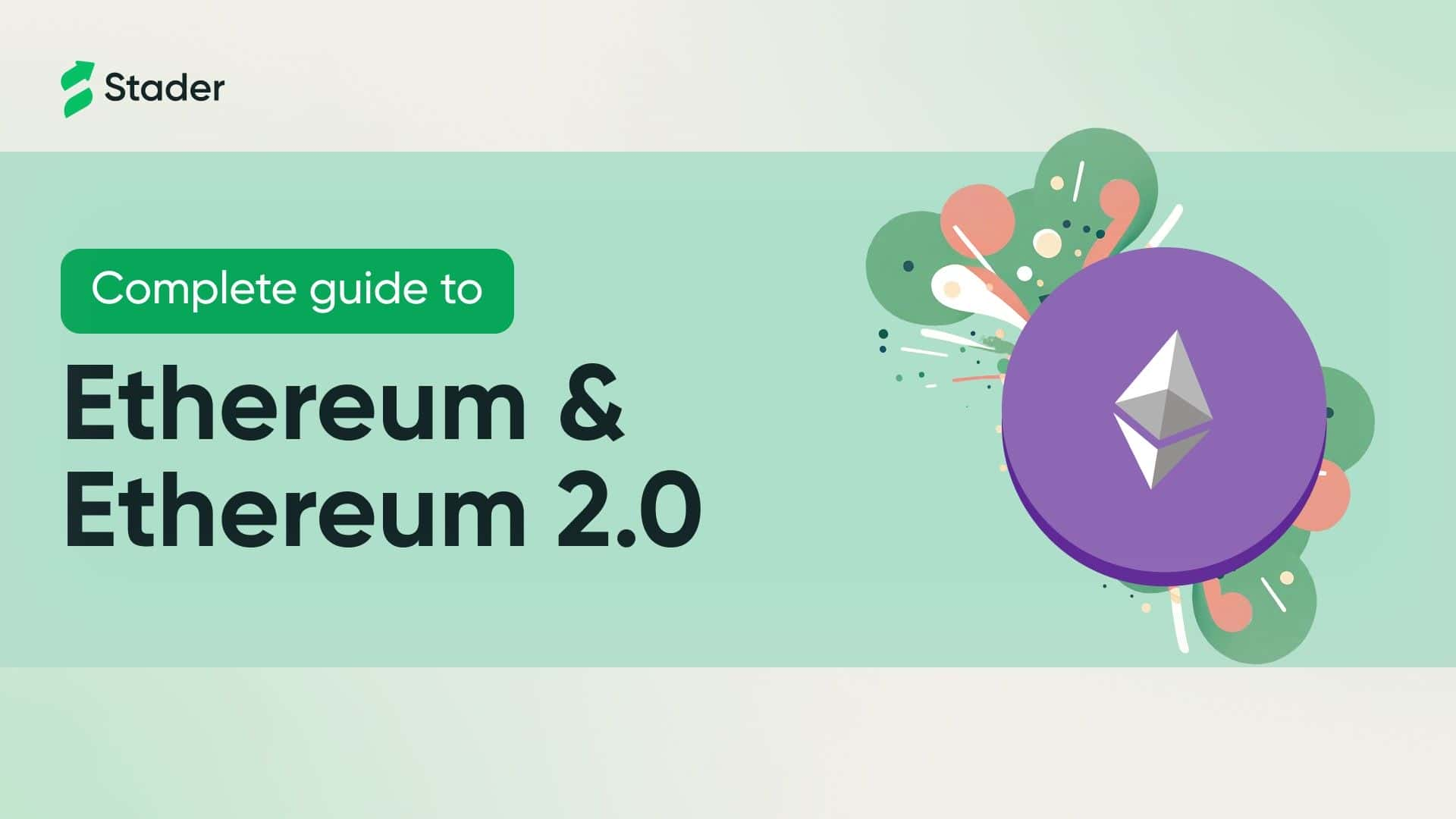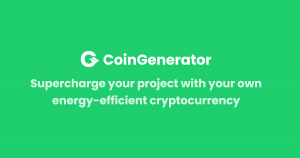ethereum and ethereum 2 Revolutionizing Blockchain Technology
With ethereum and ethereum 2 at the forefront, this discussion invites you into the fascinating world of blockchain innovation. As the backbone of decentralized applications and smart contracts, Ethereum has redefined how we think about finance, technology, and ownership.
This exploration will take you through Ethereum's origins, its transformative path to Ethereum 2.0, and the groundbreaking features that set it apart from other cryptocurrencies. Discover the intricacies of smart contracts, scalability solutions, and the vibrant community driving Ethereum's evolution.
Introduction to Ethereum

Ethereum has emerged as one of the most revolutionary platforms in the cryptocurrency space since its launch in 2015 by Vitalik Buterin and other co-founders. Built on the foundations of blockchain technology, Ethereum was designed to expand the capabilities of cryptocurrencies beyond simple transactions, introducing the concept of smart contracts and decentralized applications (dApps).Ethereum's primary use cases span various sectors, including finance, gaming, supply chain, and social media.
Its blockchain facilitates a wide range of applications, from decentralized finance (DeFi) platforms to non-fungible tokens (NFTs), all of which leverage Ethereum's robust infrastructure.The significance of Ethereum's blockchain technology lies in its ability to execute complex transactions automatically through smart contracts, ensuring transparency, security, and trust among users. This innovative approach paved the way for a new era in digital interactions, promoting decentralized systems that empower individuals and communities.
Understanding Ethereum 2.0
The transition from Ethereum to Ethereum 2.0, also known as Eth2 or Serenity, represents a significant upgrade aimed at improving the network's scalability, security, and sustainability. This transition is vital as it addresses the limitations of Ethereum 1.0, particularly the issues related to high transaction costs and slower processing times.Ethereum 1.0 relies on a proof-of-work (PoW) consensus mechanism, which consumes significant energy and computational resources.
In contrast, Ethereum 2.0 introduces a proof-of-stake (PoS) consensus mechanism, allowing validators to create new blocks and confirm transactions based on the amount of cryptocurrency they hold and are willing to "stake" as collateral. This shift not only enhances energy efficiency but also aims to increase transaction throughput.
Key Features of Ethereum
Ethereum distinguishes itself from other cryptocurrencies through several key features:
- Smart Contracts: Self-executing contracts with the terms directly written into code, allowing for automated transactions.
- Decentralized Applications (dApps): Applications that run on a peer-to-peer network, ensuring no single point of failure.
- Token Standards: Ethereum's ERC-20 and ERC-721 standards allow for the creation of fungible and non-fungible tokens, respectively.
These features provide numerous benefits for both developers and users, including reduced friction in transactions, enhanced security, and the ability to create complex organizational structures without intermediaries. Notable decentralized applications built on the Ethereum platform include Uniswap, a decentralized exchange, and CryptoKitties, one of the first NFT games that sparked widespread interest in digital collectibles.
The Role of Smart Contracts
Smart contracts serve as the backbone of Ethereum's functionality, automating processes and ensuring compliance without the need for intermediaries. They are coded protocols that execute predetermined actions once specific conditions are met. For instance, a smart contract can facilitate a real estate transaction by automatically transferring ownership upon receipt of payment.Successful implementations of smart contracts span various industries:
- Finance: Automated escrow services that ensure funds are only transferred when both parties meet their obligations.
- Supply Chain: Tracking the movement of goods and verifying authenticity at each stage of the supply chain.
The impact of smart contracts is profound, as they streamline operations, reduce costs, and increase trust across sectors.
Scalability Solutions
Ethereum faces considerable scalability challenges, primarily due to the limited number of transactions it can process per second. Addressing these challenges is crucial for supporting the growing demand for Ethereum-based applications. Several scalability solutions have been proposed:
| Solution | Description | Pros | Cons |
|---|---|---|---|
| Sharding | Dividing the network into smaller pieces (shards) to process transactions in parallel. | Increases throughput significantly. | Complex implementation. |
| Layer 2 Solutions | Additional protocols built on top of Ethereum to handle transactions off-chain. | Reduces congestion on the main chain. | Potential for security trade-offs. |
Layer 2 solutions, such as Rollups and state channels, play a vital role in enhancing Ethereum's scalability by offloading transactions from the main blockchain while maintaining security and decentralization.
Security Considerations
While Ethereum's smart contracts offer significant advantages, they also introduce security risks. Vulnerabilities in smart contract code can be exploited, leading to financial losses. Some best practices for ensuring security in Ethereum applications include thorough code audits, using established libraries, and implementing multi-signature wallets for sensitive operations.Case studies of past vulnerabilities illustrate these risks. The DAO hack in 2016, which resulted in the loss of millions of dollars, prompted discussions about security practices and the need for more robust development standards within the Ethereum ecosystem.
Community and Ecosystem

The Ethereum community plays a pivotal role in the platform's development and growth. Active contributors, developers, and enthusiasts collaborate to enhance the network and promote innovation. Key organizations, such as the Ethereum Foundation and various developer groups, provide essential resources and support for projects within the ecosystem.Developer resources, including documentation, tutorials, and educational platforms, are crucial for onboarding new developers and fostering a thriving ecosystem.
These resources empower individuals to build on Ethereum and contribute to its evolution.
The Future of Ethereum
The future of Ethereum looks promising, especially with the ongoing developments associated with Ethereum 2.0. Upcoming features, such as sharding and improved interoperability with other blockchains, are set to enhance the platform's capabilities. Market trends indicate a growing interest in DeFi and NFTs, which could drive further adoption of Ethereum as the primary platform for decentralized applications.Predictions suggest that Ethereum will continue to play a significant role in the broader cryptocurrency landscape, potentially solidifying its status as a foundational layer for future blockchain innovations.
As more users and developers join the ecosystem, Ethereum's influence is likely to expand, showcasing its resilience and adaptability in the rapidly evolving digital economy.
Epilogue

In summary, Ethereum and Ethereum 2.0 present an exciting glimpse into the future of digital technology. As it continues to evolve, Ethereum's potential to influence various industries and reshape our understanding of transactions and agreements becomes increasingly apparent. Stay tuned for the developments that will define the next era of blockchain.
FAQ Section
What is Ethereum?
Ethereum is a decentralized platform that enables developers to build and deploy smart contracts and decentralized applications.
What are the main differences between Ethereum 1.0 and Ethereum 2.0?
Ethereum 2.0 introduces a proof-of-stake consensus mechanism, improving scalability and energy efficiency compared to the proof-of-work model used in Ethereum 1.0.
How do smart contracts work on Ethereum?
Smart contracts are self-executing contracts with the agreement directly written into code, allowing automatic execution of agreements when predetermined conditions are met.
What are Layer 2 solutions?
Layer 2 solutions are protocols built on top of the Ethereum blockchain aimed at improving scalability and transaction speed.
How does the Ethereum community contribute to its development?
The Ethereum community plays a crucial role by providing feedback, contributing code, and creating educational resources to support the ecosystem.


